The station wagon, in microcar form.
SPECIFICATIONS
Manufacturer: Autonacional S.A.
Origin: Barcelona, Spain
Production: 20,000 (all types)
Motor: Hispano-Villiers 1-cyl, 2-stroke
Displacement: 197 cc
Power: 9 hp
Length: 9 ft.
Identification No. ANR3340
“La Rubia.” That was what the Spanish people dubbed the 200-C, the Comerical (“Commercial”) variant of the popular Biscuter. The name meant “blonde girl,” perhaps a reference to the golden tint of the wooden bodywork and/or the vehicle’s delicate, cheerful lines. It is a testament to its home country’s enduring love of the Biscuter, the vehicle that put post-war Spain on wheels.
The 200-C was intended, much like American station wagons, as a dual-purpose vehicle that could either haul cargo or passengers, depending upon the occasion. It featured traditional wagon lines, with a standard Biscuter front end clip mounted on a chassis and a drivetrain identical to that of other models, and a timber body with a rear hatch. Also like traditional wagons, it was available with multiple seating arrangements: a single front seat only, offering maximum cargo space; two front seats, with optimal rear cargo space but a spot for a passenger; and finally, two front seats with a bench at the rear, which offered maximum space for family accommodation.
As with others of the more unusual Biscuter body styles, the 200-C made its debut near the end of production, as improvements in production processes enabled other Spanish and European firms to build cars that were more advanced, comfortable, and less expensive. It is therefore a rare bird today, even in Europe and especially so in the United States, where the Biscuter was virtually unheard-of during its production run. Bruce Weiner’s example, largely original and well-preserved, marks an unusual chance to acquire what must be one of the best examples in existence of the “Biscuter station wagon.”
It is unlikely that a Comercial was ever loaded up with two kids and a golden retriever for a trip to the Grand Canyon. That being said, there is nothing to stop the new owner of this example from trying.




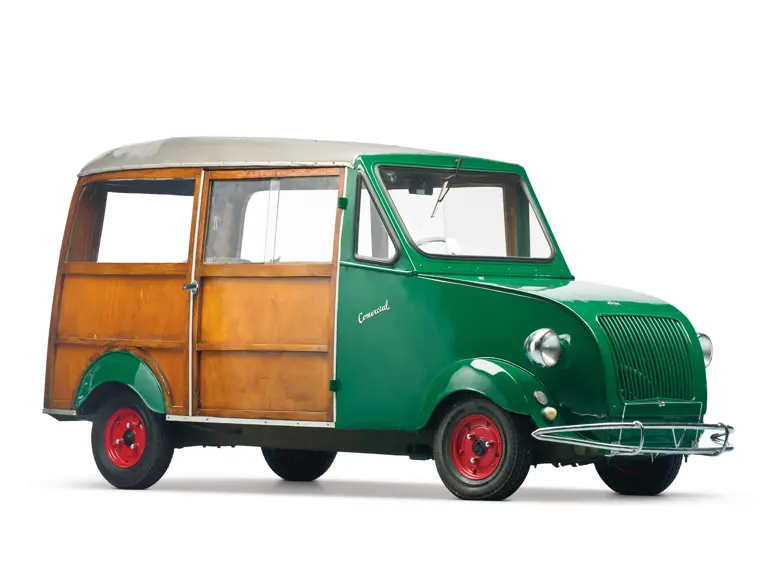


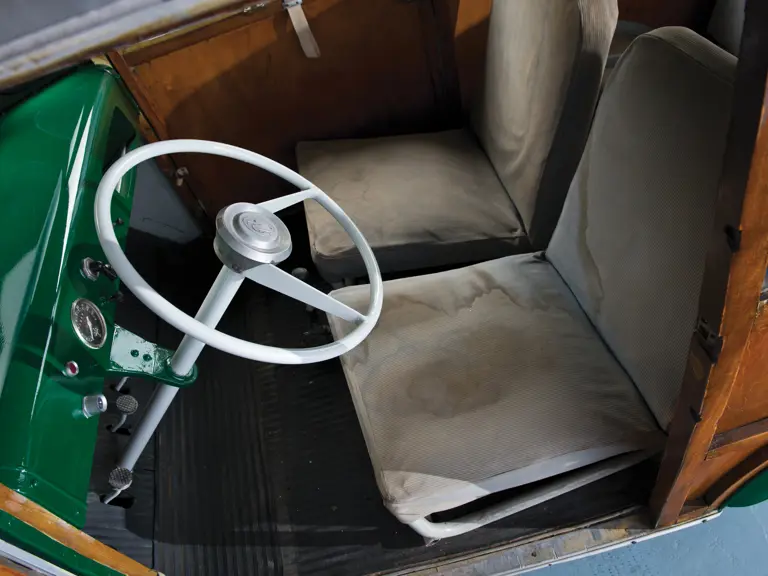







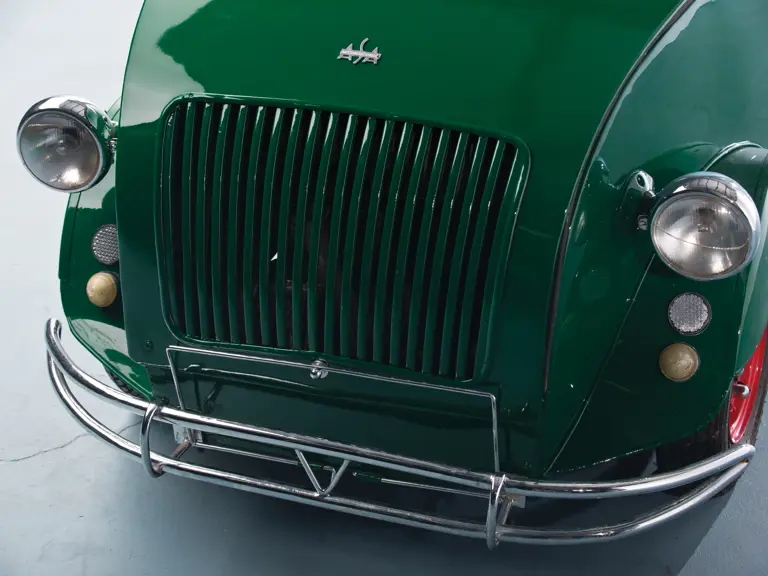
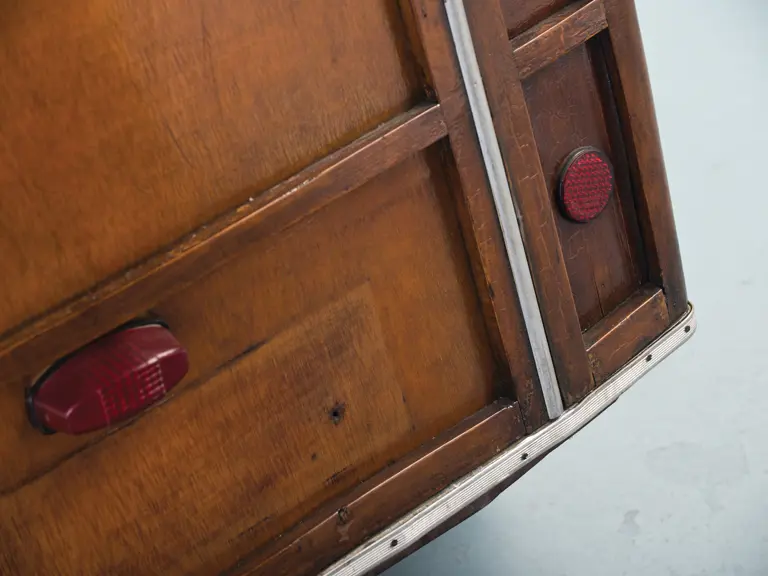


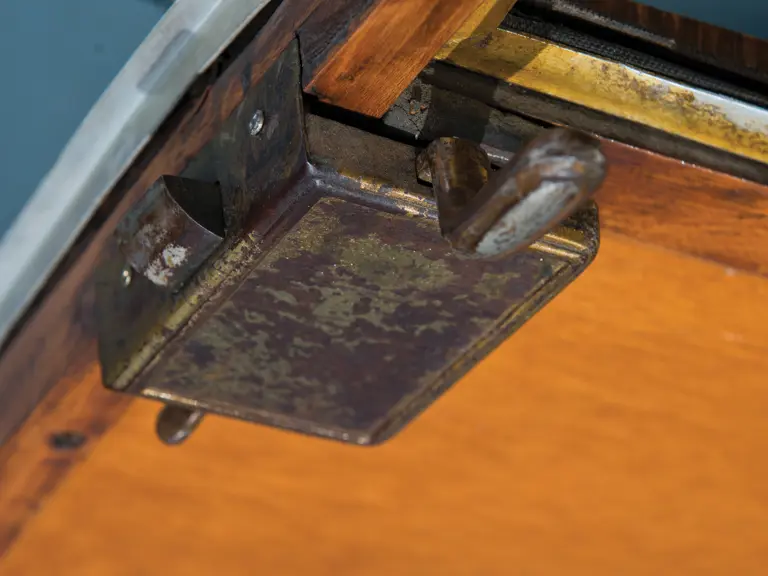
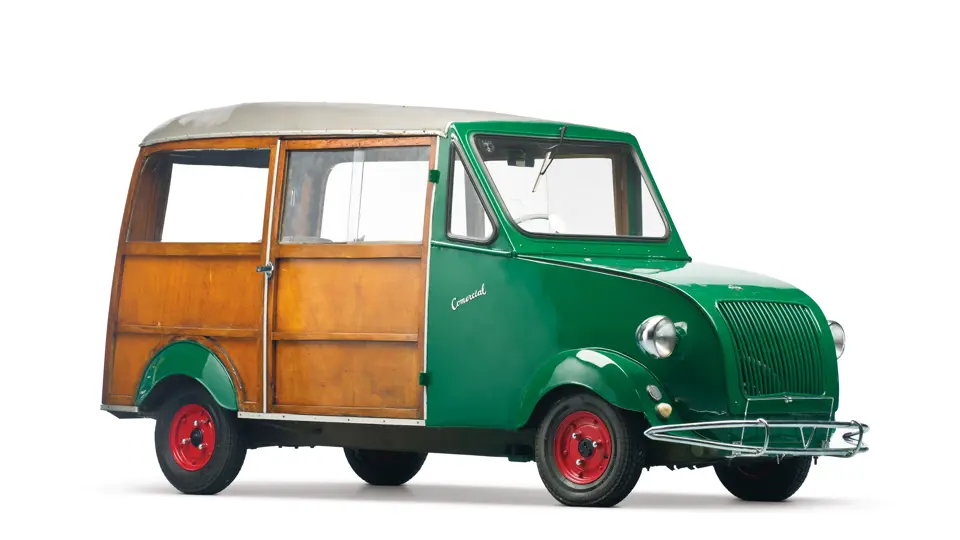
 | Madison, Georgia
| Madison, Georgia

















